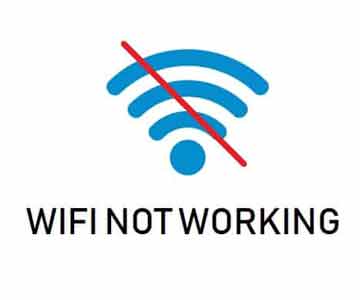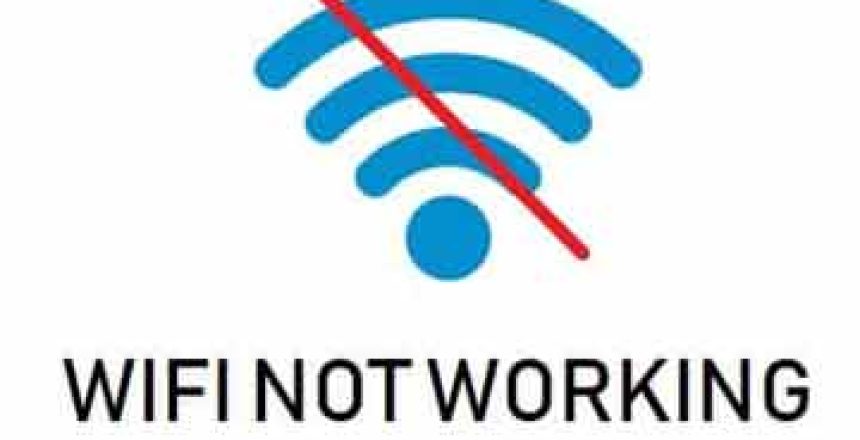
Wi-Fi has become an integral part of our daily lives, connecting us to the digital world. However, when multiple Wi-Fi networks coexist in close proximity, interference issues can arise, leading to degraded performance. One crucial aspect to consider in optimizing your Wi-Fi network is understanding and selecting the best Wi-Fi channel. In this article, we’ll delve into Wi-Fi channels, how to identify devices on different channels, and strategies to choose the optimal channel for improved network performance.
- Understanding Wi-Fi Channels:
Wi-Fi networks operate on specific radio frequencies, which are divided into multiple channels. These channels represent different segments of the available frequency spectrum and allow multiple networks to operate simultaneously without interfering with one another. In most regions, Wi-Fi networks typically use either the 2.4 GHz or 5 GHz frequency bands. - Identifying Devices on Different Channels:
To identify the devices operating on different Wi-Fi channels, you can utilize various tools and methods:
a. Wi-Fi Analyzer Apps: Install a Wi-Fi analyzer app on your smartphone or tablet. These apps scan the surrounding Wi-Fi networks, display their channels, signal strengths, and provide insights into the crowded or overlapping channels.
b. Router Administration Interface: Access your router’s administration interface through a web browser. Look for the Wi-Fi settings or wireless configuration section, where you can typically find information about connected devices, their signal strengths, and the channels they are using. - Choosing the Best Wi-Fi Channel:
Selecting the most suitable Wi-Fi channel can significantly enhance your network’s performance. Here’s how you can go about it:
a. Analyze Channel Congestion: Using the information obtained from the Wi-Fi analyzer app or router administration interface, identify the channels with the least congestion and interference. Look for channels with fewer overlapping networks or devices.
b. Channel Selection for 2.4 GHz Band: In the 2.4 GHz band, channels overlap with each other, causing interference. Channels 1, 6, and 11 are considered non-overlapping and are generally recommended for optimal performance. Selecting one of these channels can reduce interference from neighboring networks.
c. Channel Selection for 5 GHz Band: The 5 GHz band offers more non-overlapping channels, providing better opportunities for interference-free connectivity. Explore channels that have minimal or no interference from neighboring networks.
d. Automatic Channel Selection: Many modern routers offer an automatic channel selection feature. Enabling this feature allows the router to automatically switch to the least congested channel, optimizing performance dynamically. - Migrating Interference:
In addition to selecting the appropriate channel, consider these interference-reducing strategies:
a. Positioning and Placement: Optimize the placement of your Wi-Fi router, ensuring it is away from physical obstructions and other electronic devices that can cause interference.
b. Update Firmware: Keep your router’s firmware up to date. Manufacturers often release firmware updates that can improve performance, address security vulnerabilities, and optimize channel selection algorithms.
c. Band Steering: If your router supports dual-band technology, consider enabling band steering. This feature automatically guides devices to connect to the less crowded and faster 5 GHz band instead of the congested 2.4 GHz band. - Regular Network Monitoring:
Monitor your Wi-Fi network periodically to ensure optimal performance. Perform channel scans and check for any changes in interference levels or new networks that may affect your network’s performance. Adjust your channel selection accordingly if required.
Optimizing your Wi-Fi network by selecting the best channel can significantly improve performance, minimize interference, and enhance your overall internet experience. By understanding Wi-Fi channels, utilizing tools to identify devices on different channels.




